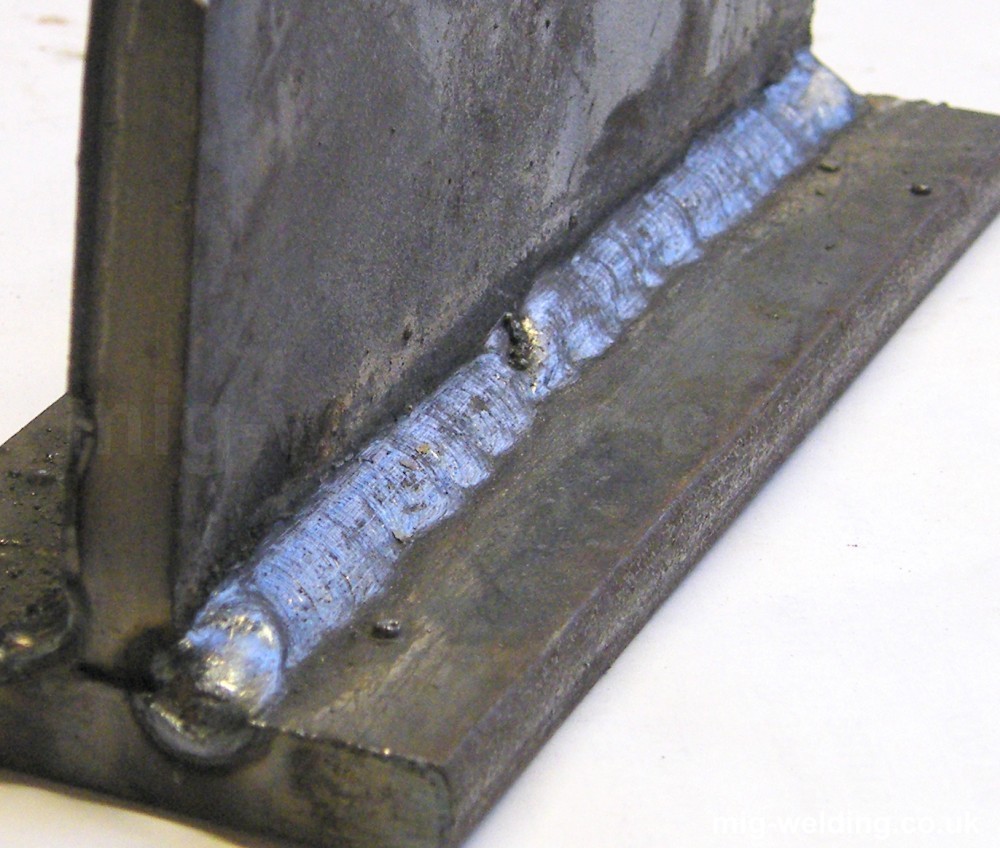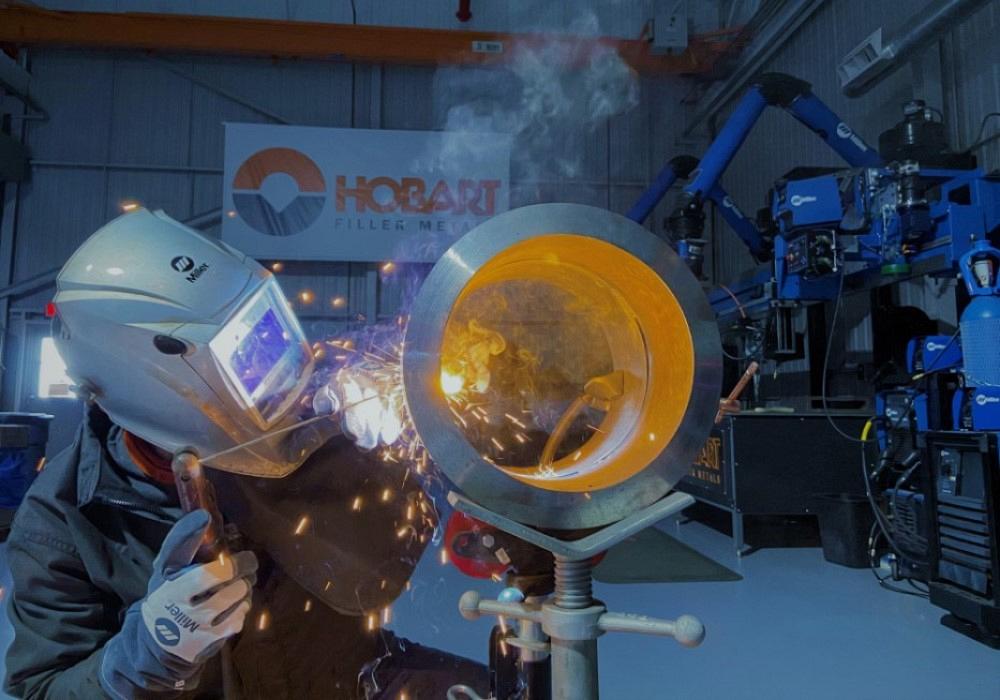Step-by-Step Overview to Preventing Weld Undercut in Different Metals
Step-by-Step Overview to Preventing Weld Undercut in Different Metals
Blog Article
Grasping the Art of Welding: Just How to Avoid Undercut Welding Issues for Flawless Manufacture Results
Effectiveness and precision are paramount in the world of welding, where also the tiniest imperfection can compromise the architectural integrity of a made item. One usual obstacle that welders face is damaging, an issue that can lead and deteriorate a weld joint to expensive rework. By comprehending the source of undercut welding and implementing effective methods to stop it, welders can raise their craft to brand-new degrees of excellence (Preventing weld undercut). In the quest of perfect fabrication results, mastering the art of welding to stay clear of undercut issues is not just a skill yet a requirement for those pursuing perfection in their work.
Understanding Undercut Welding

To avoid undercut welding, welders must make certain appropriate welding parameters, such as readjusting the current, voltage, traveling rate, and preserving the appropriate electrode angle. Furthermore, utilizing the ideal welding method for the particular joint arrangement is crucial. Employing weaving activities or backstepping techniques can help ensure appropriate weld steel deposition and minimize the chance of undercut formation. Normal inspection of welds throughout and after the welding procedure is likewise critical to catch any kind of undercut very early and make needed modifications to avoid additional flaws. Preventing weld undercut. By comprehending the reasons for undercut welding and carrying out safety nets, welders can accomplish top notch, structurally sound welds.
Reasons For Undercut in Welding
Understanding the elements that add to damage in welding is essential for welders to create high-grade, structurally sound welds. When the weld steel does not effectively fill up the groove developed in between the base steel and the previously transferred weld metal, damaging takes place. A number of elements can bring about undercut in welding. One common cause is too much warm input. Welding at high temperatures for extensive periods can cause the base metal melting greater than preferred, resulting in undercut. Inadequate welding present or incorrect welding speed can likewise add to damage. Inadequate current may not supply sufficient warmth to thaw the base and filler steels adequately, while excessive rate can protect against appropriate blend, creating undercut. Additionally, improper electrode angles or inaccurate torch control techniques can create areas of reduced weld steel deposition, promoting undercut. Comprehending these reasons and applying correct welding methods can assist protect against damaging problems, guaranteeing long lasting and strong welds.
Strategies to stop Undercutting

To reduce the threat of undercutting in welding, welders can utilize tactical welding strategies focused on enhancing the top quality and integrity of the weld joints. One efficient approach is to adjust the welding specifications, such as voltage, present, and take a trip rate, to ensure proper heat input and deposition. Preserving an ideal electrode angle and ensuring constant traveling rate can likewise assist prevent undercut. Additionally, making use of the correct welding strategy for the particular joint setup, such as weave or stringer beads, can add to minimizing damaging. Preventing weld undercut.
Using back-step welding methods and managing the weld bead profile can likewise help disperse heat equally and lessen the danger of undercut. Routine assessment of the weld joint throughout and after welding, as well as applying top quality assurance actions, can assist in attending to and discovering damaging problems quickly.
Relevance of Correct Welding Parameters
Selecting and preserving proper welding parameters is important for attaining effective welds with very little defects. Welding parameters describe variables such as voltage, existing, take a trip speed, electrode angle, and protecting gas flow rate that straight impact the welding process. These specifications should be meticulously adjusted based on the type of product being bonded, its thickness, and the welding method utilized.
Proper welding criteria make sure the correct amount of warm is used to thaw the base metals and filler material consistently. If the parameters are established also high, it can result in too much warm input, triggering distortion, burn-through, or spatter. On the various other hand, if the criteria are too low, insufficient fusion, absence of penetration, or undercutting may happen.
Quality Guarantee in Welding Workflow

Conclusion
To conclude, grasping the art of welding requires a comprehensive understanding of undercut welding, its reasons, and methods to stop it. By guaranteeing proper welding parameters and implementing quality control methods, perfect construction outcomes can click here now be attained. It is crucial for welders to regularly pursue quality in their welding operations to prevent undercut problems and create top notch welds.
Undercut welding, a common issue in welding procedures, takes place when the weld steel does not correctly fill the groove and leaves a groove or clinical depression along the bonded joint.To avoid undercut welding, welders should guarantee correct welding specifications, such as readjusting the existing, voltage, travel speed, and maintaining the correct electrode angle. Inadequate welding existing or incorrect welding rate can additionally contribute to damage.To alleviate the danger of undercutting in welding, welders can use strategic welding strategies aimed at boosting the quality and stability of the weld joints.In conclusion, mastering the art of welding requires a detailed understanding of undercut welding, its reasons, and strategies to stop it.
Report this page